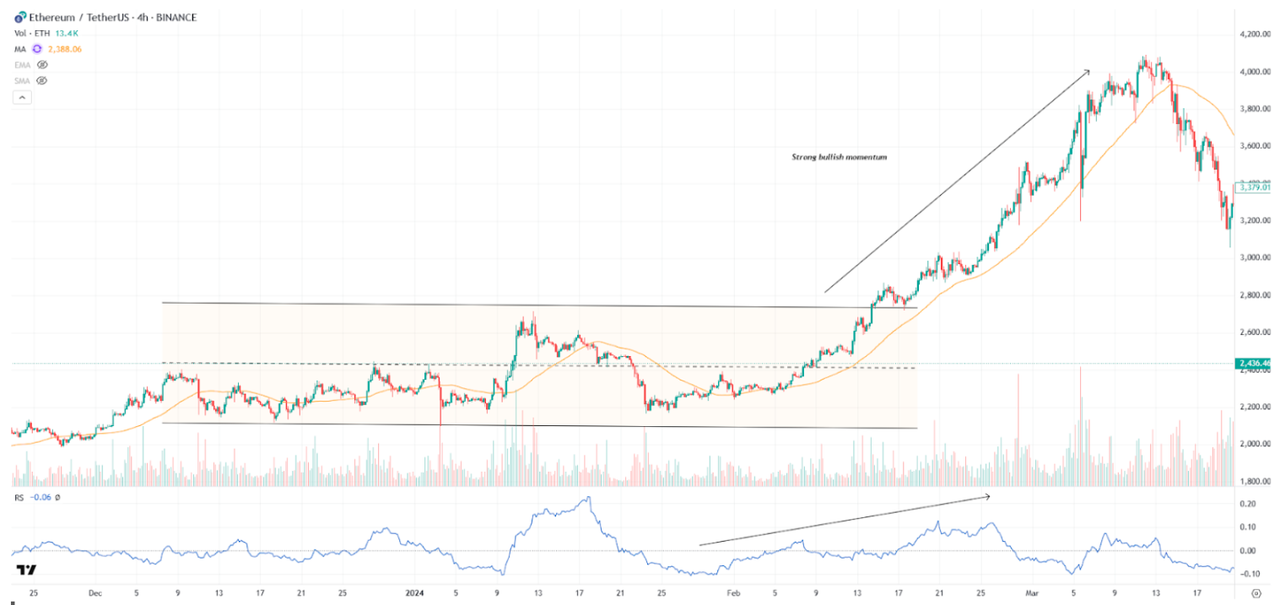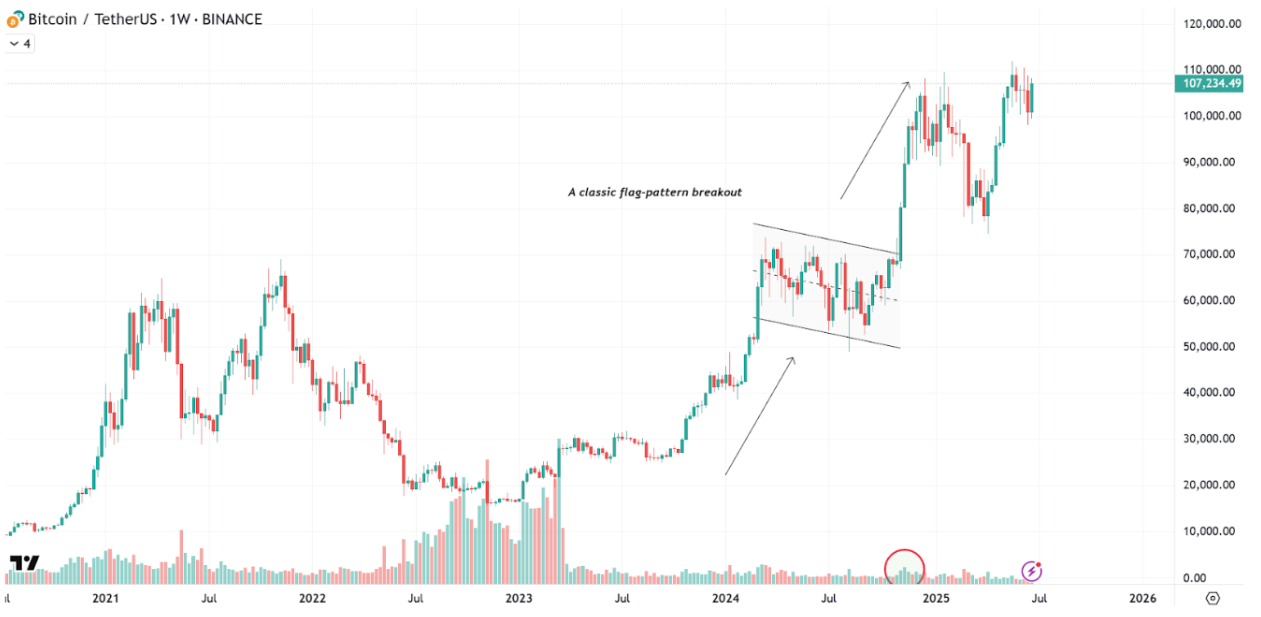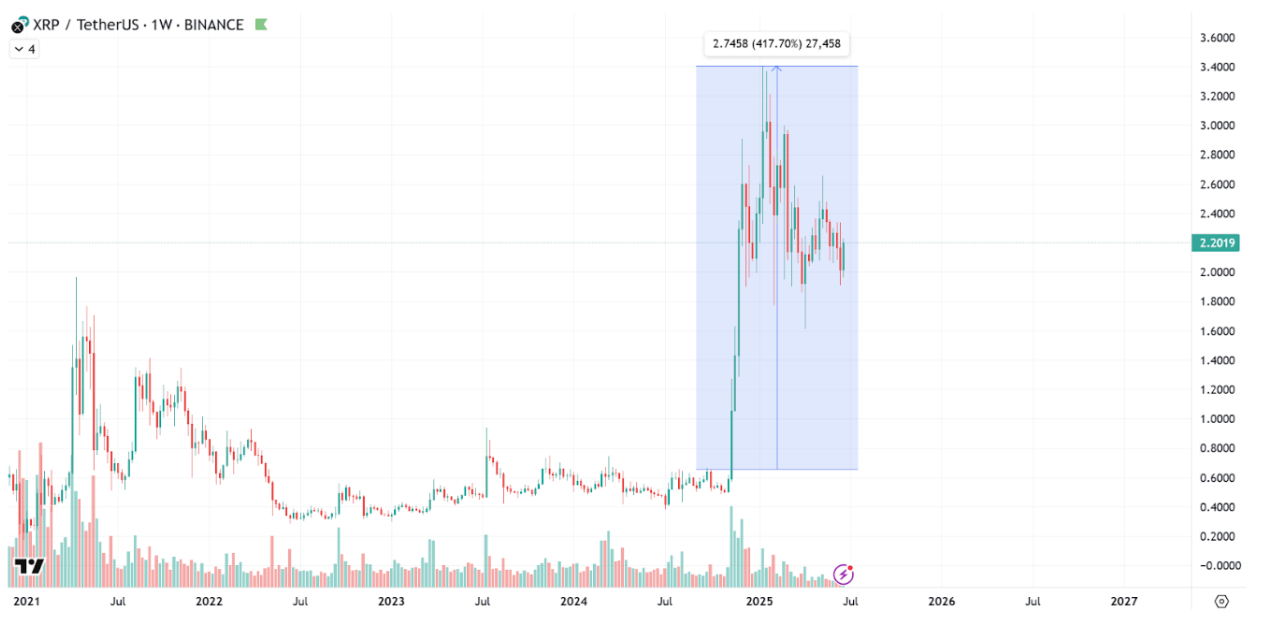
Top 5 Trading Strategies Used by Crypto Prop Firms
It’s easy to get swept up by noise — TikTok alpha, discord pumps, or some fresh meme project promising generational wealth by Thursday. But just beneath the surface of the chaos lives a quieter breed of trader: the prop trader.
Trading•6 August 2025•10 min min read
Introduction
Proprietary trading firms don’t rely on vibes or virality. They trade with their own capital — and they survive by building strategies that are disciplined, repeatable, and risk-adjusted, not emotionally satisfying or optimized for Twitter engagement. Their edge doesn’t come from being the first to some obscure narrative coin; it comes from executing the same setup a hundred times with military precision and just enough flexibility to know when not to.
Prop traders aren’t necessarily clairvoyant, but they operate with structure — and more importantly, with rules. Strategies are tested, risk is capped, losses are logged, analyzed, and reviewed. And while that might not sound glamorous, it’s what keeps them in the game long after the weekend warriors have rage-quit their Bybit accounts (looking at you, Mubite users).
This article breaks down five of the most commonly used trading strategies at crypto prop firms. You don’t need to master them all — but understanding how the professionals think (and trade) might just help you upgrade your own game. And if nothing else, it might save you from that next ill-timed 25x leverage play based on a “feeling.”
Momentum Trading
- ▸Momentum strategies often involve identifying:
- ▸Strong volume expansion that confirms participation
- ▸High relative strength versus the broader market or sector
- ▸Breakouts from key resistance levels
If there’s one thing crypto has in abundance, it’s momentum. When a coin starts moving, it doesn’t just stretch its legs, it bolts. And for momentum traders, that volatility isn’t something to fear — it’s the whole opportunity.
At its core, momentum trading is about getting onboard when a price starts moving fast in one direction — and riding that move until it slows. Prop traders love this approach because it’s straightforward, data-driven, and often repeatable across timeframes and tokens. Unlike value investing (which assumes rational markets and long-term fundamentals), momentum simply says: if it’s going up, it might keep going up… for a while.
Some traders...
use indicators (e.g. RSI, Moving Average crossovers), others look at volume surges, social sentiment spikes (e.g. news-driven), or even funding rates flipping aggressively in one direction. This list is not exhaustive; there is a myriad of things that could spur a momentum-driven spike - the key? Don’t chase every candle. The best setups are often those where price consolidates tightly before exploding — not the ones that already did a 30% candle.
Let’s show an example with the good old Ethereum that experienced a strong surge back in February 2024 on the back of an upcoming Dencun upgrade.
As shown on the 4h chart, price consolidated for several weeks before finally breaking through resistance — kicking off an impressive 80% rally throughout February. Once the breakout is confirmed, capitalizing on the momentum becomes a matter of trade management, i.e. knowing when the trade still has legs. In this case, the yellow-coloured 50SMA acted as reliable dynamic support for the trend, offering a clear line to trail or defend the position.
The main enemy of momentum traders is exhaustion and fake breakouts. Momentum fades fast in crypto — especially when it's driven by hype rather than genuine inflows. Momentum is one of those strategies that sounds easy but punishes sloppiness. It rewards traders who act decisively and know when to walk away.

Mean reversion
While momentum traders chase strength, mean reversion traders bet on overreaction. In simple terms: when price strays too far from the average, the expectation is for it to eventually snap back. However, this is a dangerous strategy in an asset class infamous for very high returns, hence why it needs to be treated with very rigorous risk management, i.e. tight stop losses, to ensure that the breakout you are trying to fade does not jump higher by another 50%. One safer approach is to focus on assets trading within well-defined ranges, where support and resistance levels are clean, and reversals are more predictable than in full-blown trend environments.
Mean reversion strategies often involve identifying:
- ▸Extended moves away from moving averages (e.g. 20 or 50 EMA).
- ▸Overbought/oversold RSI readings (above 70 or below 30) can signal exhaustion.
- ▸Bollinger Bands that help identify price extremes — especially when candles close outside and then snap back inside the bands.
- ▸Volume clues – spike in volume at a parabolic top
- ▸VWAP – mean reversion trades often look for price to return to VWAP (more efficient on a shorter time frame)

Funnily enough, that same Ethereum’s rally in Feb ’24 also serves as a textbook example of overbought conditions (daily chart) – as indicated by the RSI indicator. When a large-cap asset like ETH gains 80% in a month, odds are the move is overextended and due for a pullback. That sets up a strong risk/reward opportunity for mean reversion — betting that price is unlikely to keep climbing without at least pausing. Like any trade, it wasn’t perfect; the setup lacked a clear local top, such as a bearish candle on high volume. Still, when you see near-vertical price action combined with stretched momentum, it’s often a signal worth paying attention to.
Arbitrage trading
If momentum and mean reversion are about reading price action, arbitrage is about reading the inefficiencies. It’s the nerdiest of the bunch — less adrenaline, more spreadsheets. But for prop firms, it’s one of the cleanest forms of edge.
Types of arbitrage strategies:
- ▸Spot vs. futures arbitrage: Long the token, short the perp — harvest the funding.
- ▸Cross-exchange arbitrage: Price differences between Binance, Coinbase, Bybit, etc.
- ▸Triangular arbitrage: Exploiting mispricings within trading pairs (e.g. BTC/ETH, ETH/USDT, BTC/USDT).
- ▸On-chain vs. off-chain arbitrage: e.g. DEX vs. CEX pricing gaps.
These trades can be manual, but they’re often run by bots and automated systems with APIs firing off orders in milliseconds. Low margin, high frequency. While arbitrage sounds like easy money, executing it as an individual trader is notoriously difficult. You’re competing against bots with sub-second latency, direct exchange access, and custom-built infrastructure. It is therefore more executable for players with sufficient tech stack, coding prowess and ample capital and human resources.
The most notorious example of crypto arbitrage is the Kimchi premium — when Bitcoin trades at significantly higher prices on South Korean exchanges due to capital controls and local demand. While the price gap looks like easy profit, strict regulations and fiat transfer barriers make it nearly impossible for non-Korean traders to exploit. It’s a textbook case of how arbitrage exists — but access is everything.
For most retail traders, arbitrage is more of a curiosity. For prop firms with the right tech stack, it’s a core strategy. Quiet. Efficient. Ruthless.
Breakout trading
Breakout trading is about catching price just as it escapes a key level, usually after a period of consolidation. Prop traders love breakout (my personal favourite as well) not just for their explosive potential, but because they’re often the first sign a market is waking up. These setups often mark the transition from sideways chop to directional trend.
How it works:
- ▸Identify clear resistance or support zones — levels that have been tested multiple times.
- ▸Wait for price to break through with conviction — ideally with a spike in volume or open interest.
- ▸Look for tight consolidation before the break — the more compressed the range, the more violent the release.
Breakouts can happen on chart patterns (e.g. triangles, flags, ranges) or simply at psychological price levels (like $1,000, $10,000, etc.).
The main risk is that not every breakout is real. In crypto especially, fakeouts are common. Price briefly breaks a level, then reverses just as everyone piles in. Hence why, as always, proper risk management is key, and the use of stop losses is an absolute must. My personal strategy (and the one generally used in these instances) is to put a stop loss at the level where the breakout occurred. The advantage is that if you also entered at the breakout point, you can exit at break even and enter back in if the situation reverses back into a breakout (annoyingly, another common occurrence).

For this strategy, the Bitcoin breakout that occurred mid-June ’24 is a perfect example of a flag-patterned breakout (weekly chart). After months of tight consolidation — where the market churned sideways, accumulating buy pressure and flushing out short sellers — price finally broke through resistance with force The rise in volume was significant but, in this chart, it is dwarfed by the frantic post-SBF trading amidst another Bitcoin-is-dead discussion.
Breakout trading is one of the more consistent strategies when done right — with high reward potential and a strong win rate. The key is finding a well-defined setup: a clean consolidation that signals the market is accumulating, building pressure before a decisive move. But timing is also key. Jump in too early and you’re front-running a fakeout; jump in too late and you’re the liquidity for someone else’s exit.
Event-driven (narrative) trading
If the other strategies are about structure, this one’s about story. Event-driven or narrative trading means positioning around things that move markets — whether it’s a token unlock, an ETF approval, a protocol upgrade, or just the latest macro panic headline.
Crypto might be the only market where a well-placed tweet or Discord leak can shift billions in market cap. Prop traders know this — and they build strategies around it.
How it works:
- ▸Pre-positioning ahead of scheduled events (e.g. Ethereum upgrades, token unlocks, airdrops).
- ▸Reactively trading volatility after the event drops (especially if the market misreads it).
- ▸Riding emerging narratives — AI coins, Layer 2s, real-world assets, NFTs, etc. — while they’re gathering momentum but before they overheat.
That said, narrative and event trading is highly uncertain — and often better suited to tech-savvy, well-capitalized firms than individual traders. The core problem? Markets are forward-looking. You might nail the event’s outcome but still lose money if you're trading the “sell the news” reaction. Worse, much of the move happens in an instant, often requiring algorithmic firepower to capitalize before the market fully digests the news. Narratives, on the other hand, tend to be a bit more forgiving — they can unfold over days or weeks, giving you time to position before [insert mainstream media] finally decides to write about the story.

What better example than XRP’s legal win back in March — a headline that handed anyone positioned early a comfortable 400% gain (in the perfect scenario of course).
Conclusion: Find your edge and sharpen it
There’s no shortage of strategies in crypto — only a shortage of discipline to stick with one. The five approaches outlined here aren’t magic formulas, and they won’t make every trade a winner. But they’re the backbone of how professional prop traders think about markets: system over sentiment, process over prediction.
You don’t need to master all five. In fact, most prop traders specialize — they refine one or two setups until they’re second nature. The edge comes not from knowing everything, but from knowing something deeply, applying it with consistency, and protecting capital when it’s not your setup.
At the end of the day, the difference between a retail trader and a prop trader isn’t access to a secret playbook — it’s the mindset. Prop traders treat trading like a business: structured, rules-based, with a focus on risk and longevity. If you’re aiming to level up, start by thinking less like a gambler. Because in crypto, survival really is a strategy.